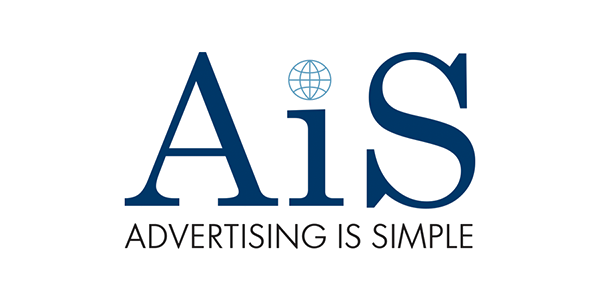Let’s delve into the realm of digital marketing to uncover strategies and techniques that drive results. Today, we’re shining a spotlight on one of the most powerful tools in the marketer’s arena: email marketing. When executed effectively, email marketing has the potential to engage customers, nurture leads, and drive conversions like no other channel. However, with great power comes great responsibility, and it’s essential to follow best practices to maximize the impact of your email campaigns. Here are some key strategies for mastering email marketing.
1. Segmentation and Personalization
One size does not fit all when it comes to email marketing. Gone are the days of blasting out generic messages to your entire subscriber list. Instead, leverage the power of segmentation to divide your audience into smaller, more targeted groups based on factors such as demographics, behavior, and purchase history. By sending personalized content tailored to the interests and preferences of each segment, you can significantly increase engagement and conversion rates.
2. Compelling Subject Lines
Your email’s subject line is the first thing recipients see, and it plays a crucial role in determining whether they open your message or consign it to the dreaded spam folder. To grab attention and pique curiosity, craft subject lines that are concise, compelling, and relevant to the recipient. Experiment with different tactics, such as using emojis, posing questions, or offering exclusive benefits, to see what resonates best with your audience.
3. Mobile Optimization
In an increasingly mobile-centric world, it’s essential to ensure that your emails are optimized for viewing on smartphones and tablets. According to studies, a significant percentage of email opens occur on mobile devices, so if your messages aren’t mobile-friendly, you could be missing out on valuable opportunities. Keep your designs simple, use responsive templates, and test your emails across various devices and email clients to ensure a seamless user experience.
4. Clear Call to Action (CTA)
Every email you send should have a clear and compelling call to action that prompts recipients to take the desired action, whether it’s making a purchase, signing up for a webinar, or downloading a resource. Make your CTA visually prominent, use action-oriented language, and ensure that it stands out amidst the rest of your email content. Additionally, limit the number of CTAs per email to avoid overwhelming recipients and diluting your message’s effectiveness.
5. A/B Testing
The key to continual improvement in email marketing is testing and optimization. A/B testing, also known as split testing, involves sending two versions of an email with slight variations to see which performs better in terms of open rates, click-through rates, and conversions. Test different elements such as subject lines, sender names, content layouts, and CTAs to identify what resonates most with your audience and refine your approach accordingly.
6. Monitor and Analyze Performance
Don’t hit send and forget—monitoring the performance of your email campaigns is essential for identifying areas of strength and areas for improvement. Track metrics such as open rates, click-through rates, conversion rates, and unsubscribe rates to gauge the effectiveness of your campaigns. Use this data to refine your targeting, messaging, and timing to optimize results over time.
Conclusion
In conclusion, email marketing remains a powerful tool for engaging customers, driving conversions, and building lasting relationships. By following these best practices—segmenting your audience, crafting compelling subject lines, optimizing for mobile, including clear CTAs, conducting A/B testing, and analyzing performance data—you can unlock the full potential of your email campaigns and achieve marketing success. Ready to elevate your email marketing game? Contact us today to learn how our team can help you craft winning email campaigns that deliver real results.



 Your Comprehensive On-Page and Off-Page Optimization Checklist
Your Comprehensive On-Page and Off-Page Optimization Checklist